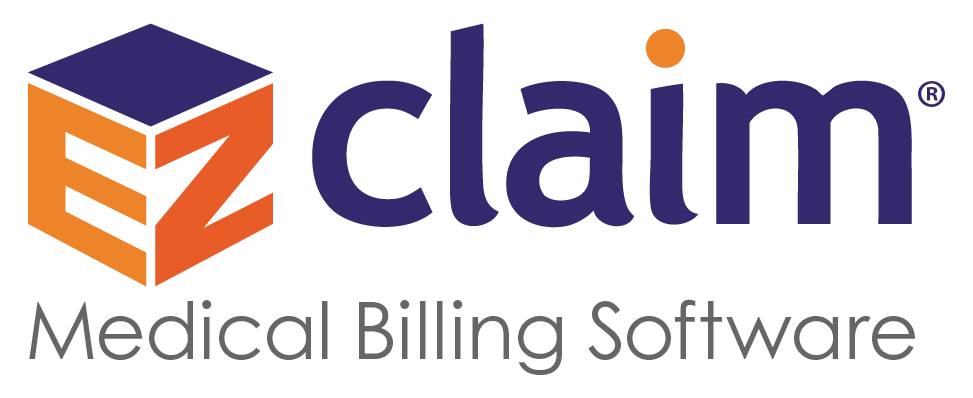Manual medical billing is a headache you shouldn’t have to deal with. It’s slow, error-prone, and expensive. Whether you’re a solo practitioner or managing a billing team for dozens of providers and insurance companies, the constant problem-solving takes away time and money that could be better spent elsewhere.
By using medical billing automation instead, you can streamline every task in your workflow, get reimbursed faster, and focus more resources on quality patient care.
In this article by EZClaim, you’ll learn five proven strategies to cut costs and boost efficiency with medical billing automation.
What is Medical Billing Automation?
With medical billing automation, software programs handle routine billing tasks (claims, submission, eligibility checks, and payment processing) so that you don’t have to manually input data over and over again.
Manual data entry isn’t just time-consuming, but it’s also prone to human error. The smallest mistake can cause claim denials and delayed reimbursements. Then, you or your staff have to spend time correcting errors while waiting for money that should have been received sooner.
With the right software, you can set up rules and workflows that take repetitive tasks off your plate. You can use digital tools, like the ones that come with EZClaim’s medical billing automation, to reduce administrative workload, improve accuracy, and get reimbursed faster, without all the hassle.
How Does Automation Save Time and Reduce Cost?
Every manual eligibility check, claim submission, and follow-up takes valuable staff time. With medical billing automation, those tasks happen behind the scenes, and your team can focus on more meaningful work.
Instead of logging into payer portals or cross-referencing spreadsheets, automation pulls and processes information in real time. You can also scrub, submit, and track claims without the back-and-forth. And there’s no need to print or mail statements; everything goes out automatically and on time.
When claims move through the system smoothly, you don’t wait weeks for reimbursement. That steady cash flow makes it easier to manage operations and plan for growth.
What Are The Essential Medical Billing Automation Strategies?
The most effective automation strategies focus on simplifying time-consuming and error-prone parts of the billing cycle. Here are five proven ways you can use medical billing automation to cut costs, boost efficiency, and reclaim your time.
Utilize Integrated Scheduling and Billing
When your front office and billing systems aren’t connected, you wind up entering the same patient details in two different places. Insurance companies might reject claims if there are any discrepancies, which means you have to wait longer to get paid.
With medical billing automation, patient details are synced across the entire ecosystem. Everyone sees the same information from the start, claims go out accurately the first time, and you get paid faster.
Automate Eligibility Verification
Nothing slows billing down like finding out too late that a patient’s insurance wasn’t active or didn’t cover the service. You shouldn’t have to chase down that information after the visit, and your patients shouldn’t have to deal with unexpected bills.
With real-time eligibility verification, you can check insurance details automatically before every appointment. You’ll catch billing issues before they happen and create a smoother experience for your patients.
Integrate Billing Software with EHR Systems
You no longer have to switch between your EHR and billing system when you adopt medical billing automation. Patient info, diagnoses, and procedure codes flow directly from the clinical side into billing without extra steps or manual entry.
This kind of integration shortens the time from visit to claim submission, so you can keep billing cycles moving.
Automate Patient Statements
Creating and sending statements by hand slows down your billing process and pushes payments further out. When statements are delayed, so is your revenue.
With automation, you can generate and send patient statements by mail, email, or through a patient portal as soon as a balance is due. By reducing the admin load and eliminating manual entry, you’ll create a smoother billing process for your team and patients, all while improving cash flow.
Use Data Analytics to Track and Improve KPIs
If you’re still relying on spreadsheets or manual tracking to monitor billing performance, you’re likely missing key insights. Automated billing systems come with built-in reporting tools that track important metrics like days in AR and denial rates.
Your data will always be up-to-date, so you can pull the reports you need directly from your billing activity in real time.

Try Medical Billing Automation with EZClaim!
The constant back-and-forth that comes with manual billing creates stress and slows down your revenue. Medical billing automation changes that. It streamlines your processes, reduces costly errors, and helps you get paid faster with less effort.
With EZClaim, you’ll have the tools you need to simplify billing, stay on top of key metrics, and reduce administrative work across the board.
Ready to see how medical billing automation can work for you? Explore EZClaim’s solutions and take the first step toward smarter billing.
Frequently Asked Questions
What types of billing tasks can be automated?
Many time-consuming billing tasks can be automated, including eligibility verification, claims scrubbing and submission, payment posting, patient statement generation, and reporting.
Is medical billing software HIPAA-compliant?
EZClaim is designed to meet HIPAA standards. That means your patient data is securely stored, transmitted, and handled in compliance with federal privacy laws.
Can small practices benefit from medical billing automation?
Absolutely. In fact, small practices often benefit the most. With limited staff and resources, automation helps reduce the workload, prevent errors, and improve cash flow without adding excessive overhead.


